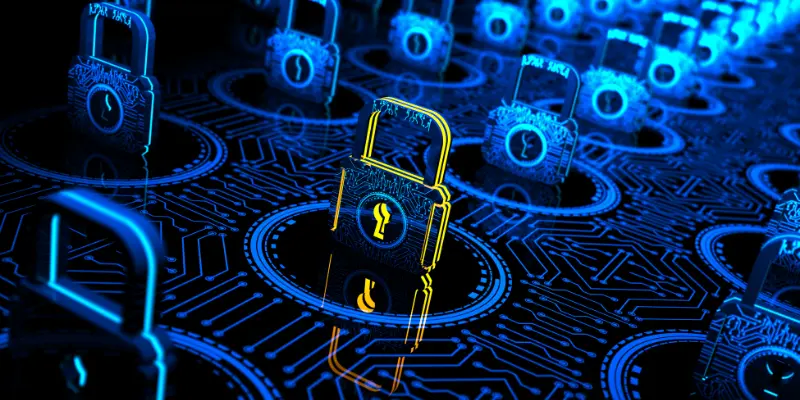As it does every year, Gartner shares its predictions on the trends that will shape the technology landscape in the next five years. These insights aim to guide technology leaders and CIOs in making accurate, ethical, and business-aligned decisions.
In this article, we will explore the key trends of 2025, what they mean, why they matter, and their impact on businesses and users, in a simple and perfect way.
10 Trends Redefining the Future of Technology
1. Agentic AI: The Future of Autonomous Decision-Making in Business
Agentic AI is a new generation of artificial intelligence that can plan, make decisions, and take independent actions to achieve goals without human input. By 2028, 33% of enterprise software is expected to include agentic AI, autonomously managing 20% of digital storefront interactions and 15% of daily work decisions.
Agentic AI has the potential to significantly increase productivity and adaptability, reshaping how businesses operate and deliver value in today’s dynamic environment.
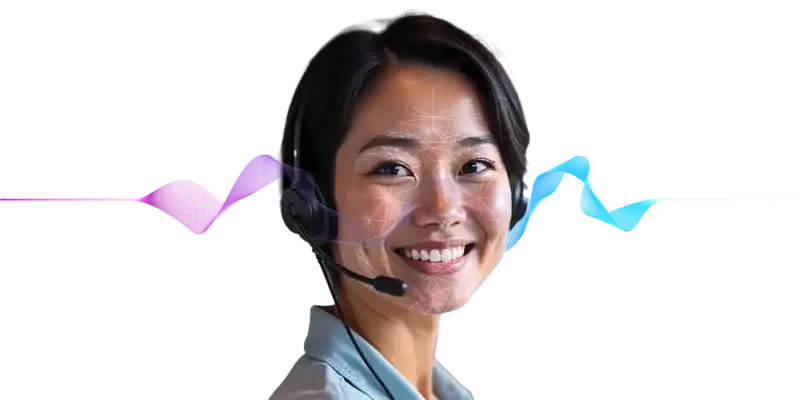
2. Ensuring Ethical AI with Governance Platforms
AI governance platforms play a crucial role in ensuring that artificial intelligence systems operate ethically and legally. By 2028, companies using these platforms are expected to achieve 30% higher customer trust ratings and 25% better compliance scores, while facing 40% fewer ethical issues. These tools monitor AI for fairness, manage data privacy risks, and promote transparency, especially in regulated industries like finance and healthcare.
Adopting AI governance platforms not only mitigates risks but also enhances trust and gives organizations a competitive edge in the responsible use of AI.
3. Protecting Businesses from Misinformation with Disinformation Security
Disinformation security is essential for tackling false information that can damage businesses and influence public opinion. By 2028, half of enterprises are expected to adopt specialized tools to address these challenges, compared to the limited adoption today. These tools can detect fake videos like deepfakes, prevent impersonation, and monitor negative narratives about executives and companies.
With the rise of AI-driven threats, the risk of reputational damage and financial loss has increased significantly. Investing in disinformation security helps businesses protect their reputation and maintain integrity in an increasingly complex digital landscape.
4. Exploring the New Frontiers of Quantum and Post-quantum Computing
Quantum computing is redefining technology by creating both opportunities and challenges, particularly in data security. It has the potential to break current encryption methods, putting sensitive information at risk. Hackers could steal encrypted data today and wait for future quantum computers to decode it. To address this, businesses need to adopt postquantum cryptography (PQC), a more secure encryption method designed to withstand quantum attacks.
While implementing PQC requires upgrading systems, being proactive can help organizations safeguard their data against these emerging threats.
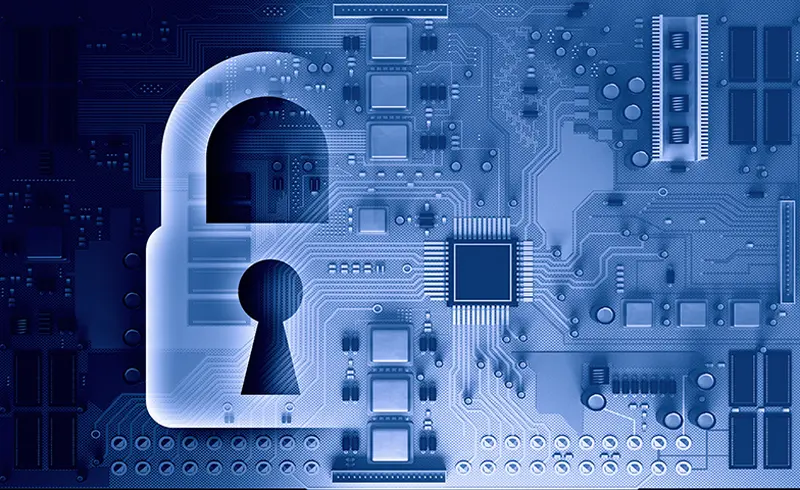
5. A Seamless Future with Ambient Invisible Intelligence
Ambient invisible intelligence uses low-cost, battery-free sensors and tags to make everyday objects smarter. These technologies enable real-time tracking, analytics, and deeper integration into daily life, streamlining processes in areas like retail and logistics. For instance, intelligent tags can improve stock management, track perishable goods, and enhance package delivery.
In the future, these tags may integrate into homes and offices, creating interconnected ecosystems where smart packaging and devices interact seamlessly. However, privacy concerns around these hidden sensors need to be addressed to gain public trust.
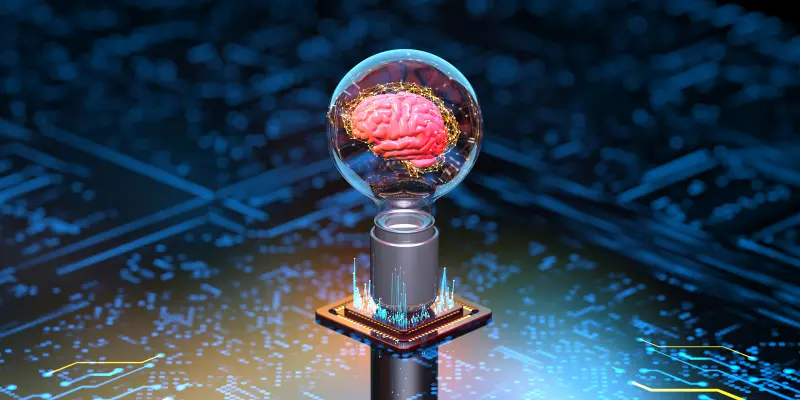
6. IT's Role in Sustainability with Energy-Efficient Computing
As organizations face growing pressure to enhance sustainability, IT plays a vital role in reducing carbon emissions, particularly from energy-intensive tasks like AI training. Companies can take immediate steps, such as retiring outdated systems and partnering with greener cloud providers.
Long-term innovations, like optical computing and DNA storage, hold promise but are still under development. By adopting energy-efficient technologies and aligning IT practices with sustainability goals, businesses can significantly reduce their environmental impact.
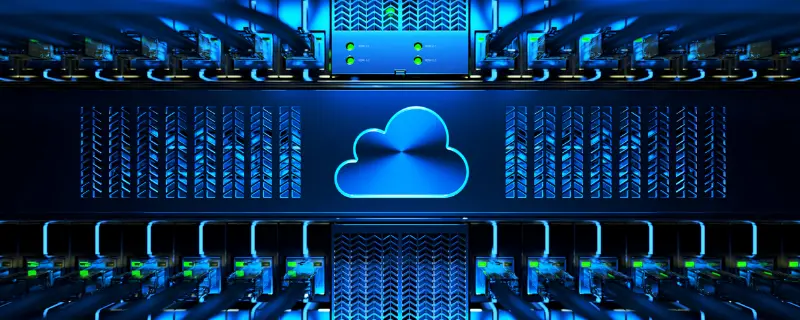
7. Transforming Industries with Hybrid Computing
Hybrid computing combines technologies like quantum, neuromorphic, and photonic systems to solve complex problems by leveraging their unique strengths. These systems are set to revolutionize industries such as manufacturing, logistics, finance, and healthcare, enabling advanced AI, boosting automation, and delivering real-time personalization.
While challenges like high costs and keeping data pipelines secure remain, investing in robust architectures and skilled implementation can unlock transformative innovations and long-term value.
8. Human-Machine Synergy with Spatial Computing
Spatial computing merges the physical and digital worlds using technologies like AR, VR, and spatial mapping. This technology is reshaping industries like manufacturing, healthcare, and retail by enabling immersive experiences and real-time insights.
By 2026, spatial computing is expected to improve workflows and decision-making through tools like digital twins and devices like the Apple Vision Pro. To fully realize its potential, businesses must address challenges like high costs, privacy concerns, and device compatibility while focusing on practical applications that enhance collaboration and innovation.
9. The Rise of Polyfunctional Robots
By 2030, 80% of people are expected to interact with smart robots daily, compared to less than 10% today. Traditional single-task robots are evolving into polyfunctional robots that can switch between multiple tasks, transforming industries like manufacturing and everyday life. These versatile robots are designed to integrate into existing environments with minimal disruption, offering scalability and efficiency.
Advancements in robot training methods, such as learning through demonstration, are accelerating this shift, making these technologies more accessible and impactful.
10. Enhancing Cognitive Potential with Brain-Machine Interfaces
By 2030, 30% of knowledge workers may use brain-machine interfaces (BMIs) to enhance their focus, memory, and problem-solving skills. These devices, ranging from basic systems that read brain activity to advanced ones that modify it, are poised to transform how people work and learn. However, challenges like high costs, security risks, and ethical concerns must be addressed.
Organizations should explore current options and establish policies to manage these risks while embracing the potential of this groundbreaking technology.
How SESTEK Aligns with Gartner’s Vision for 2025
With our team of R&D engineers (100+) and allocating 40% of our revenue to these efforts, we closely monitor the technology trends forecasted by Gartner to adapt to the evolving needs of our customers.
Our innovative approach enables many of these trends to be reflected in our products and services. For instance, human-machine collaboration is at the heart of our conversational AI applications, where human expertise is essential for handling complex tasks. Additionally, we prioritize data security and user privacy, addressing the ethical challenges faced by AI in a responsible manner.
Leveraging AI across all our solutions and offering cloud deployment options, we ensure flexibility and scalability for businesses across various sectors, including BFSI, as well as many others. By aligning with Gartner's 2025 trends, we are shaping the future with technologies that redefine how we live and work. Join us on our technology journey filled with innovations that will unlock the potential of these trends by staying updated with our progress.


